Nevelson is an American sculptor who incorporated the found object in her work. She was born in 1899 and died in 1988. She studied under the great Hans Hofmann, who is currently exhibited at the Blanton Museum in Austin, TX. She was greatly inspired by the Fountain by Duchamp. But since his work was cast down due to the recognizable function of his sculpture, she took the found object and spray painted it to mask its original from and meaning and created these monochromatic assemblages into large wall and outside sculptures. She called herself the "original recycler" and thanks Picasso for giving artists the cube, which was a form she worked with in her very ordered fragmented sculptures.
Click! below to check out what the NY Times has to show and tell about Nevelson:
This is an artist who I've had my eye on for a few years. When I first saw the tree (shown below), I was so impressed with the creative use of so many clothes. I myself am constantly cleaning out my closet and donating my clothes. The amount of clothes in this world is insane. It's good to see someone creating such beautiful work with easily discarded material. One of my favorite parts is that he takes something so small and uses it to make these larger than life installations. Grand scale is something that I am very interested in and is something I had been limited by in the mediums of clay and paint. I think this is why I've chosen to go in the direction of installation.
Click! below to check out more of Guerra's work:
George Sabra is an artist that works exclusively with discarded materials. Recently I went to visit the People's Gallery at City Hall here in Austin, TX and got to see his work in person. he constructs these polls made of discarded bottle caps and lids. From far away it is difficult to tell what the rods are made of, but their color and grand scale are intriguing and made me want to go closer. They are beautiful and the fact that they were made of recycled material just made it that much more awesome.
Click! below to be taken to more of Sabra's work:
This is an artist that I recently did a review on at AMOA/Arthouse at the Jones Center. He uses the found object and everyday materials that he picks up from junk and collects it in large numbers to create these beautiful garments. It is his way of creating the garment that intruiges me. To create the shape of the garment, usually he will sew on the materials to a tapestry and then line it with wire so that he can manipulate the shape so that it appears to have someone in it while on display.
American artist Nick Cave (b. 1959) assembles these garments that could easily pass as couture called "Soundsuits". These garments are made of found materials: hooked rugs, figurines, toys, twigs, hair dyed outlandish colors, and every variety of button, sequin and bead. African ceremonial costumes are an evident inspiration, along with those of Mardi Gras Indians. Cave has a background in dance and costume design. The name soundsuit comes from the sound the garment is supposed to make while being worn and danced in. Although they are displayed in a gallery, their purpose is to be out in public interacting with people and entertaining them like in a parade.
“The arts are our salvation—the only thing that allows us to heal and also helps us dream about what will make the world a better place. I have a responsibility to the world to do something with my abilities as an artist.”
- Cave
Click! below to see more of a variety of the kind of suits Cave makes (there are hundreds):
This artist reminded me a lot of El Anatsui in his craft. Although he does not use the found object, he does create these really awesome, large scale wire constructed sculptures that have a similar sheen and wavelike construction. I too wish to explore materials that have hidden beauty and potential to transform a space. I like the repetition of materials and the rich texture of the materials Park uses and how they play with the light in the space.
For Capturing Resonance, Park has similarly transformed a ubiquitous and obdurate material – chain link fencing – into something transcendent. By affixing thousands of iridescent acrylic Plexiglas squares into chain link cells, Park created a sprawling, undulating structure that transmits, reflects, and refracts both the natural and artificial light into the gallery.
Click! below to visit Park's website:
El Anatsui (born 1944) is a Ghanaian sculptor active for much of his career in Nigeria. His work inspires me in its scale, its craft and the beauty found in everyday discarded materials. The texture and the sheen really draws the viewer in. If you have a chance to go see it at the Blanton Museum in Austin, TX you should really go check it out.
Anatsui celebrates the beauty and possibility found in everyday materials. After flattening the aluminum wrappers from local Nigerian-brand liquor bottles and folding their edges, the artist and his team of assistants use copper wire to tie the small strips of metal together. The time-intensive process transforms what would otherwise be discarded materials into undulating and reflective hanging sculptures. Echoing the patterns of kente cloth—a Ghanaian fabric used for religious and ceremonial occasions and made by male weavers such as Anatsui’s father and brother—the work links traditional and modern African life. Untitled references the historical importance of alcohol in Africa, where it was an imported product exchanged by colonial traders for ivory, gold, and slaves. Further, the large volume of wrappers necessary for a sculpture of this scale suggests the high rate of alcohol production and consumption faced in modern Africa and throughout the developing world. [From the wall text at the Blanton Museum, Austin TX]
The Jack Shainman Gallery has a pretty good sample of his work. Click! and check it out:
Ann Wessmann received best in show at the FiberPhiladelphia show in 2012. Here, she arranges 37,499 days worth of words not spoken from June 9, 1932 to December 31, 1941. It is constructed of text on vellum on foam board and is 96 X 96 X 4 in. It was the texture, composition and size that really drew me to the work, but it was the subject matter that gave it a place in my heart. I love writing and recording thoughts and ideas that I have and storing them away in safe places to find later. The fact that you cannot read them right away leaves a little bit of mystery and privacy to her written thoughts. I'm not quite sure what she is up to lately because I couldn't find a website, but here are a few images of her Unspoken Words series.
Ryan and Trevor Oaks are the creators of these awesome sculptures. This is an example of the kind of work that really inspires me. I love how these artists use such an everyday material and really highlight the beauty and delicacy of the match. I think it is the repetition of the match that creates an energy that is very attractive, complex, yet simple.
Click! below to be taken to their website to see some past and current work:
These are all hand made sea glass sculptures by artist Jonathan Fuller from Cornwall on the Cornish coastline. His wall sculptures are assembled from salvaged pieces of sea glass, which he arranges into simple shapes. He enjoys the subtle beauty that the graduation of color reveals. He believes the placement of the small frosted shards convey as sense of movement that mirrors the sea.
Click! below to check out more of Fuller's work:
Using materials ranging from flowers, pine cones, leaves, to peppers, Kathy Klein takes advantage for the extraordinary inspiration nature gives us. She too deconstructs objects from the environment and uses them to create these really exciting flower arrangements with vibrant color and design. Kathy calls these arrangements "danmalas", from the sanskrit ‘dān’meaning ‘the giver’ and ‘mālā’ meaning ‘garland of flowers’, Kathy has created these beautiful danmalas all over the world and the variety is absolutely amazing.
Click! below to view her website to enjoy more danmalas:
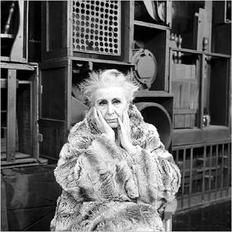
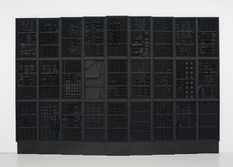
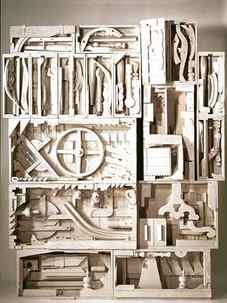

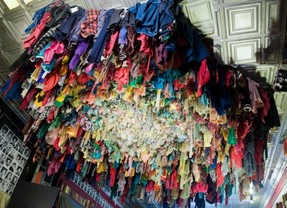

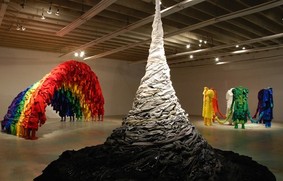
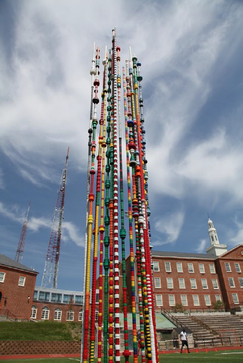
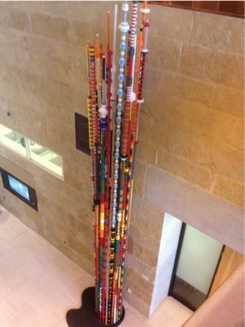
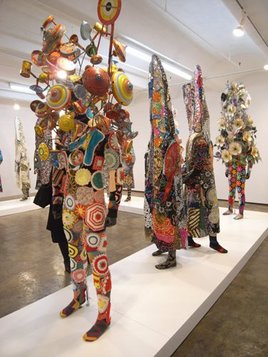
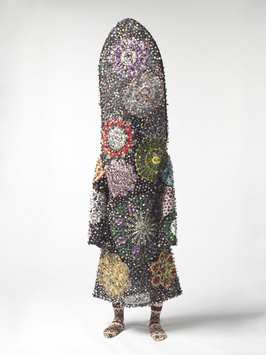
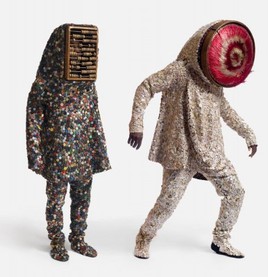
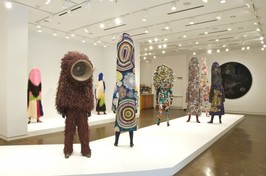
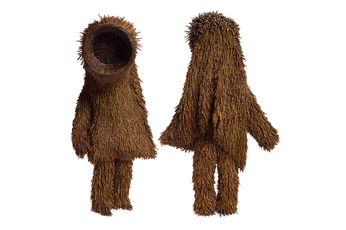
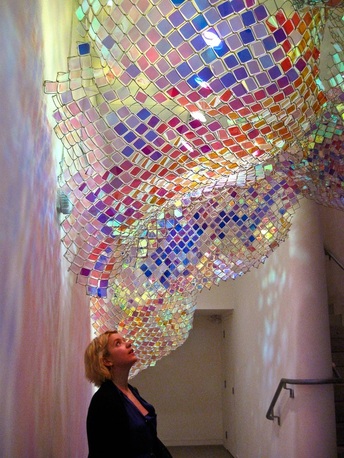
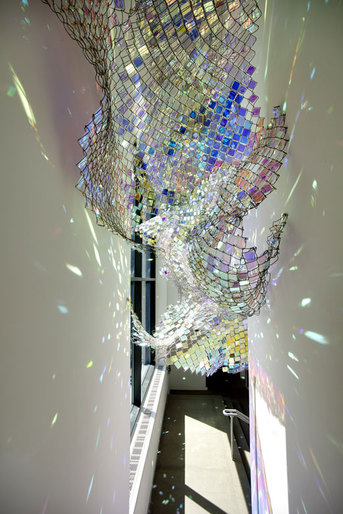
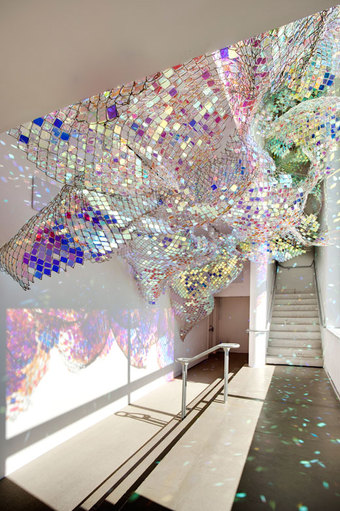
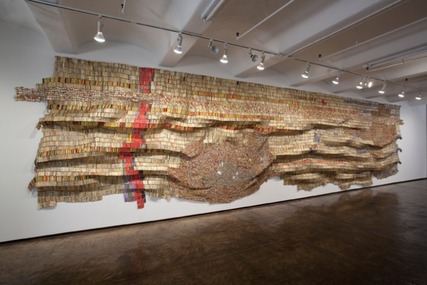
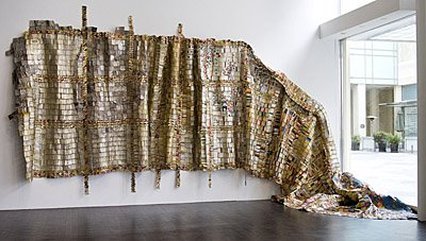
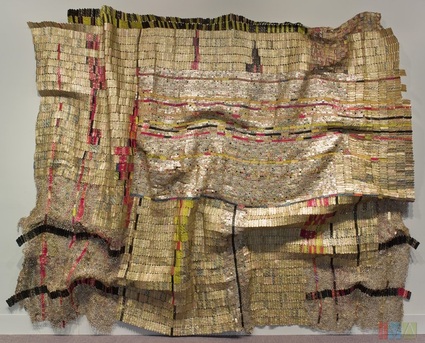
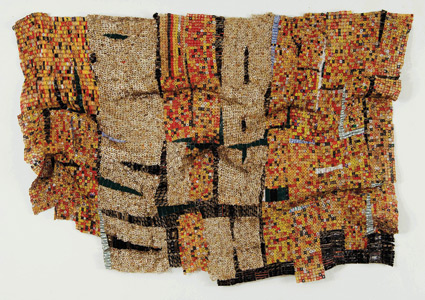
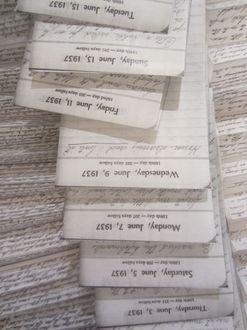
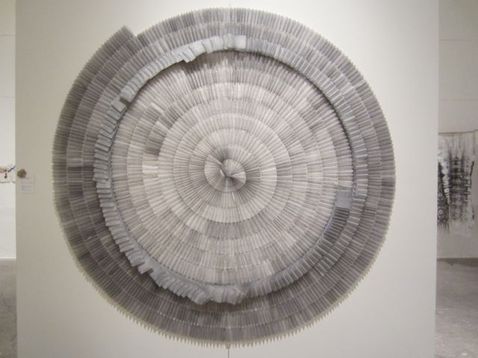
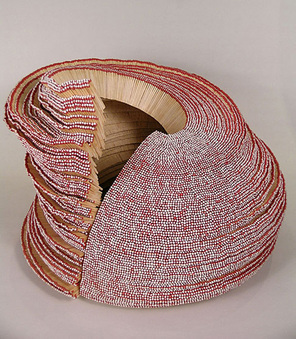
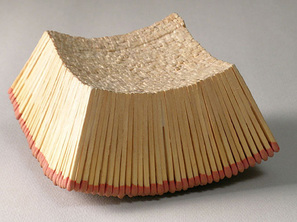
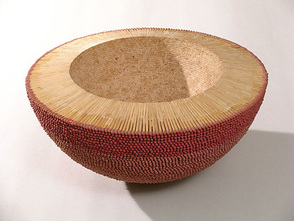
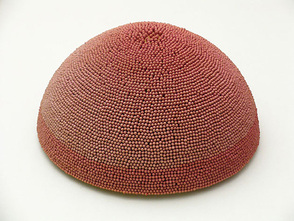
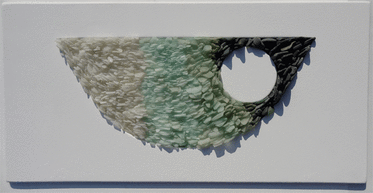
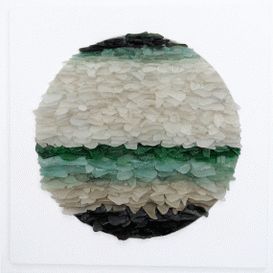
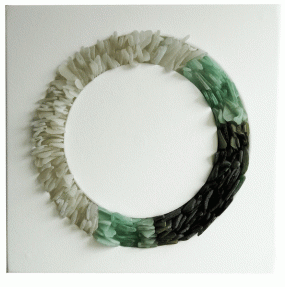
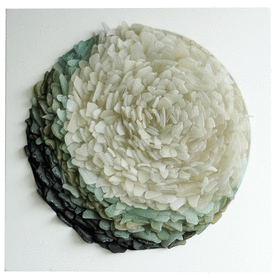
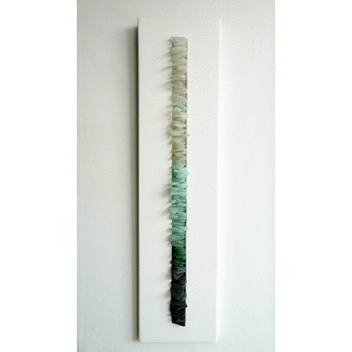
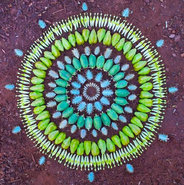

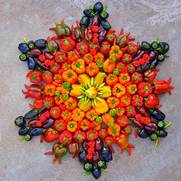
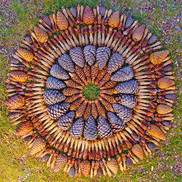
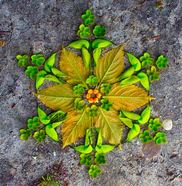
 RSS Feed
RSS Feed